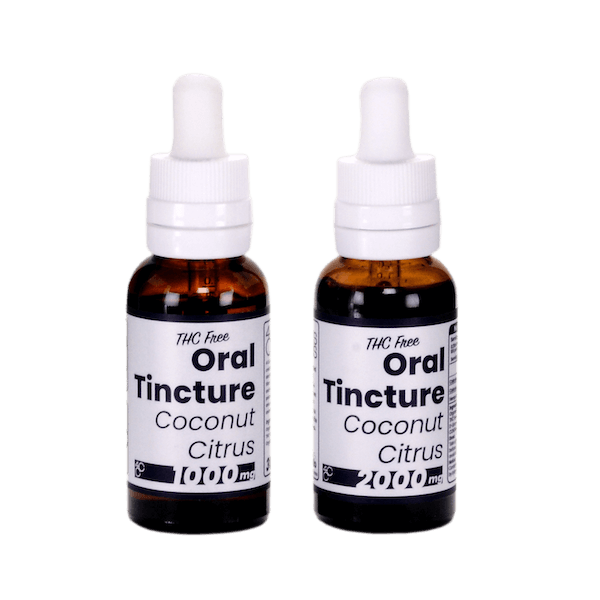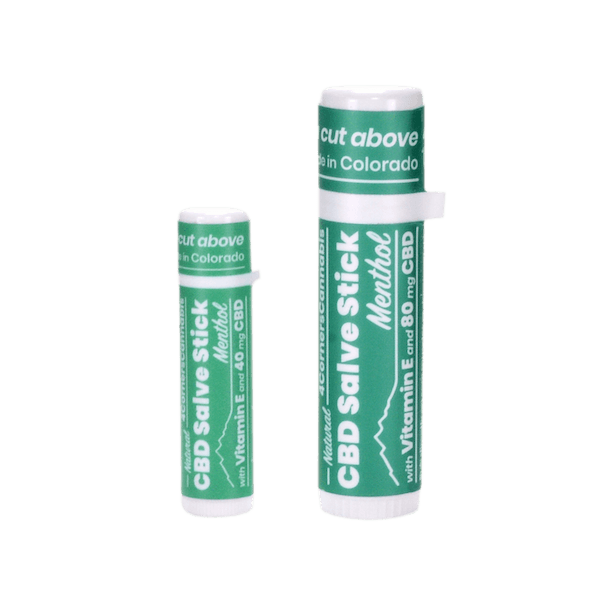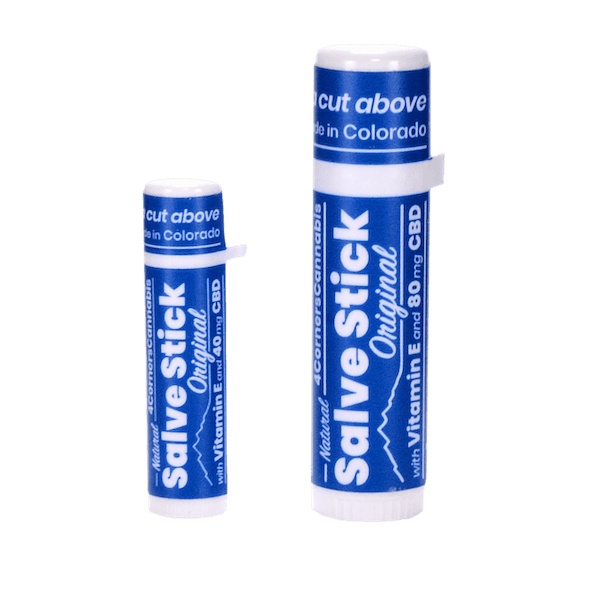Until early in the 21st century, most people would have trouble naming off any cannabinoid. If you asked anyone about cannabis, they’d likely reference THC, not even knowing it was a cannabinoid. Fast forward to today and many people are beginning to become curious about CBD, CBN, CBG, and even CBC.
CBD Oil has started to gain popularity and notoriety for the health benefits that it is slowly but surely being found to have. Best of all, it doesn’t have the intoxicating effects that THC has. This makes it a much more attractive option for many people.
CBD is just the first of several non-intoxicating cannabinoids found in the hemp plant though. CBD, CBN, CBG, and CBC all have unique benefits that we’ll look at closer.
What is CBD?
The first cannabinoid that gained mainstream attention for its potential therapeutic benefits, without the high that comes with THC, is CBD. The vast majority of the products on the market today are the result of 20 years of pheno hunting, resulting in strains of hemp that are high in CBD and low in THC.
A certain medication derived from Cannabidiol, or CBD for short, is the first cannabis-based product that has been approved by the FDA. This breakthrough not only opens the door for trials on other CBD-based medicines, but it has growers looking at the other cannabinoids for their potential health benefits as well.
Potential Effects of CBD
While little has been proven yet, CBD is being anecdotally linked to helping with better sleep, less anxiety, and muscle-related pain and inflammation relief.
What is CBN?
The first cannabinoid to be discovered was actually Cannabinol, or CBN, in 1930 by a British chemist named Robert Sidney Conn. CBN is one of the least plentiful naturally occurring cannabinoids, as it actually forms when THC oxidizes.
For this reason, many recreational cannabis users look at the presence of CBN as a bad thing, referring to this product as old and stale. There is some truth to this, as freshly dried hemp will be lower in CBN than a plant that has aged.
Due to the fact that CBN occurs mostly as THC breaks down and ages, naturally occurring CBN is currently not readily available as a supplement.
Potential Effects of CBN
THC is known for its psychoactive effects, to cause hunger, and in many cases as a relaxant and sedative. As aging occurs, the psychoactive effects wear off with studies showing CBN to be only about ¼ as potent as THC.
The sedative and relaxation properties of CBN seem just as strong as THC though. It is currently unclear if CBN is responsible for this, or if it’s the combination of THC, CBD, and CBN that could show promise for insomnia sufferers.
CBD vs. CBN
CBN is much more like THC than it is CBD in chemical structure. Early studies show that CBN seems to behave as a mixture of the two cannabinoids.
This is especially interesting for insomnia sufferers. THC has long been held in regard for its ability to relax and help users get to sleep, CBN seems to share these effects. While CBD shows some of the same effects, results are more mixed than CBN or THC.
CBN also shares some antibacterial effects with CBG, which we’ll cover next.
What is CBG?
Possibly the most promising cannabinoid after CBD is cannabigerol or CBG. CBG shows the most promise of all the other cannabinoids to rival CBD, both from a benefit and a popularity perspective.
CBGa (cannabigerolic acid) acts as a “stem cell” for the cannabis plant and has been referred to as the mother of all cannabinoids. These nicknames come from the fact that CBGa can be converted into CBD, CBC, or THC. It is easiest, however, to extract CBG from CBGa. Once you have derived the CBG it becomes a stable compound and won’t later convert to one of the other cannabinoids.
While growers have had almost 20 years to produce CBD-rich strains of hemp, CBG-rich strains have just started to be a priority in the last few years. The best strains we are currently seeing have CBG flower concentrations between 10-15%
Potential Effects of CBG
CBG and CBD seem to have very similar effects on your body through initial studies. On the surface this makes sense, but a deeper dive shows that CBG interacts with the body in a different way than CBD. This gives credence to the entourage effect, where each cannabinoid helps the body in similar ways, but through different pathways to increase effects.
Like CBD, early studies link CBG to potential pain and inflammation relief as well as digestive benefits and antibacterial properties.
CBD vs. CBG
While these two cannabinoids are similar both structurally and in their effects, CBG seems to interact with the body in a different way than CBD. Current research shows the benefits of CBG on digestive help as possibly the biggest, and most promising, medicinal use for CBG. This is one area where CBG seems to have an edge over CBD.
As we hinted at earlier, the combination of CBD and CBG, and the synergistic but differing methods in which they work in the body, may be the biggest argument for the Entourage Effect that we currently have.
What is CBC?
The last cannabinoid we’ll discuss is cannabichromene, or CBC. When cannabidiolic acid (CBDa) is exposed to heat or ultraviolet light it breaks down into CBC. Even though CBC was discovered in 1966, it is far less researched than THC, CBD, or even CBN.
CBC is commonly the third most abundant cannabinoid in cannabis, behind THC and CBD. We are quickly seeing strains of hemp that have a higher concentration of CBC than CBD, especially in India.
Just like CBG, CBC interacts with the body differently than CBD and thus shows some interesting and unique benefits.
Potential Effects of CBC
One of the most promising aspects of CBD is its perceived ability to relieve pain and reduce inflammation. CBC might be even better in this regard. Because of the receptors that CBC binds with, which CBD doesn’t, it might be better in this regard than its more popular counterpart.
CBD vs. CBC
Both CBD and CBC bind with the CB1 and CB2 receptors in our endocannabinoid system. CBC also binds with the TRPA1 (vanilloid) and TRPV1 (transient receptor potential ankyrin) receptors. These two receptors are closely linked with our pain perception.
By working with and monitoring these two receptors, on top of the CB1 and CB2 receptors that CBD works with, CBC shows great promise in its ability to act as a natural painkiller, possibly replacing NSAIDS and their sometimes nasty side effects.
CBD, CBN, CBG, and CBC – Summary
Here at 4CC, we have known and enjoyed the benefits of CBD for quite a while now, and we have made it our mission to bring the best CBD products to your family to enjoy. Because we are a soil to oil company, we control each and every step of our process. This gives us control over the cannabinoid profile of every product we produce.
As we learn more about CBD, CBN, CBG, and CBC we will continue to improve our hemp, our product selection, and the medicinal and health benefits of our CBD. We are looking forward to the bright future that hemp products look to provide!




